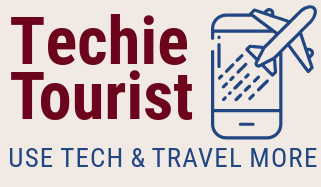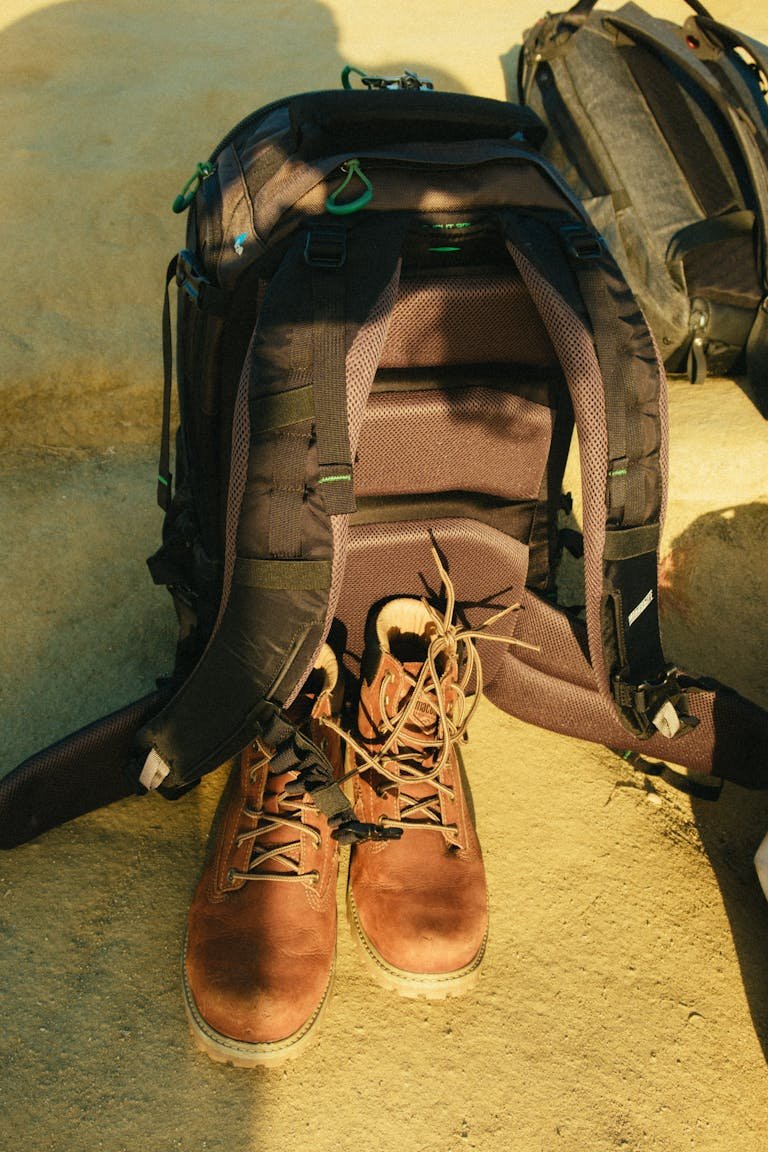How to set a budget to travel in 2025

The first step is determining a budget by evaluating your income and expenses. The second step is to routinely save a portion of your income into an automated account. The third step is to figure out a budget or savings goal, factor in when and where to visit, and decide if you want to travel in luxury or conservatively. Also, buy travel insurance and consider unexpected travel costs. In this blog post, I share tips and the apps we use to set a budget for our next adventure.
1. How to set a savings goal to travel
First, looking at your income and expenses to save for travel begins with a thorough review of your financial situation. Start by listing all sources of income, including your salary, freelance work, and any other earnings. Next, track your monthly expenses, categorizing them into essentials like rent, utilities, and groceries. The other category is non-essentials. Examples are dining out, entertainment, and subscriptions. Identify areas where you can cut back or eliminate spending within the non-essential category. Set a specific savings goal for your travel fund and create a realistic budget that allocates a portion of your monthly income toward this goal. Regularly review and adjust your budget to stay on track and ensure you are steadily building your travel savings for travel.
2. Open a travel savings account and automate deposits
Open a travel savings account. Consider opening a high-yield savings account for your travel fund. Evaluating and opening a high-yield savings account for travel savings is straightforward and especially beneficial for maximizing your savings. I use Barclays online banking. Start by researching online banks and credit unions that offer high-yield savings accounts with competitive interest rates and low or no fees. Compare their annual percentage yields (APYs), minimum balance requirements, and other features like mobile banking and automated transfers. Once you’ve chosen a suitable account, gather the necessary documents such as your ID and Social Security number. Completing the online application takes a few minutes. Then, set up automated weekly, bi-weekly, or monthly transfers from your checking account to your new savings account to ensure consistent contributions. This disciplined approach will help your travel fund grow quicker.
3. Research off-peak cheap travel destinations in advance
Consider traveling during off-peak seasons, and be flexible with your travel dates. Airfare and hotel prices can vary significantly depending on the day of the week and the time of the year. Evaluations of off-peak and cheap travel destinations involve a few strategic steps to ensure you get the best value for your travel budget. Start by researching destinations known for being affordable, such as Southeast Asia, Eastern Europe, or Central America. Use travel comparison websites and apps to monitor flight and accommodation prices, and identify when these destinations experience their off-peak seasons—typically periods outside significant holidays and school vacations. You can often find significantly lower prices on flights and hotels during these times. Look for deals on last-minute travel websites or sign up for fare alerts to catch price drops.
4. Determine how you will spend your travel budget
When determining how to allocate your travel budget while traveling abroad, it’s essential to consider several factors to ensure you make the most of your resources and have a memorable experience. Start by prioritizing your travel preferences and interests, whether exploring historical landmarks, indulging in local cuisine, engaging in adventure activities, or immersing yourself in cultural experiences. Research the cost of living and typical expenses in your destination country to establish a realistic budget for accommodation, transportation, food, activities, and souvenirs. Allocate funds based on your priorities, giving more weight to experiences that align with your interests while being mindful of your overall budgetary constraints. Consider factors like seasonality, local currency exchange rates, and any special events or festivals that may impact prices. Leave room in your budget for unexpected expenses or spontaneous opportunities that may arise during your trip. By carefully planning and budgeting for your travel expenses, you can make informed decisions that enhance your overall travel experience without overspending.
5. Compare travel insurance
Evaluating and comparing travel insurance to fit your travel budget involves several key steps to ensure you get the best coverage at an affordable price. Start by identifying your specific needs, such as coverage for medical emergencies, trip cancellations, lost luggage, or adventure activities. Research various insurance providers and compare their policies, focusing on the extent of coverage, exclusions, claim processes, and customer reviews. Pay attention to the premium costs and deductible amounts to understand how much you’ll need to pay upfront and out of pocket in case of a claim. Look for discounts or deals, especially if you’re a frequent traveler or a member of travel organizations. Finally, read the fine print to ensure no hidden costs or clauses that could affect your coverage. By systematically comparing different options, you can find a travel insurance policy that offers the necessary protection without straining your travel budget.
6. Use loyalty programs and credit card rewards
Frequent flyer miles and credit card points can help make your travel dreams a reality! By signing up for airline and hotel loyalty programs, you earn miles or points every time you fly or stay with them. These can add up fast and be redeemed for free flights, hotel nights, or upgrades. Travel credit cards also give you bonus miles or points when you use them to pay for travel purchases. Look for cards with a big sign-up bonus after meeting a minimum spending requirement. Apps like AwardWallet and TravelFreely can track all your different loyalty accounts in one place. This makes it easy to see your total points and plan your next free or discounted trip! With a little effort, travel can become much more affordable.
7. What are some unexpected travel costs?
When budgeting for travel, it’s crucial to be mindful of hidden costs and additional fees that may inflate your expenses. One typical hidden cost is transportation to and from airports, especially if you’re flying into secondary airports far from city centers—factor in airport transfers or public transportation costs to avoid unexpected expenses upon arrival. Additionally, be aware of foreign transaction fees charged by banks or credit card companies when using your cards abroad. These fees can add up quickly, so consider using a credit card with no foreign transaction fees or withdrawing cash from ATMs strategically to minimize charges. Another often overlooked expense is tipping customs in different countries, as gratuities may be expected in certain situations such as dining out or using tour services. Lastly, be mindful of tourist taxes, resort fees, and service charges that may be added to your accommodation bill, particularly in popular tourist destinations. By accounting for these hidden costs and fees in your travel budget, you can avoid financial surprises and ensure a more enjoyable and stress-free trip.







